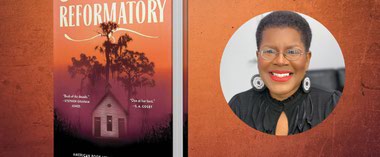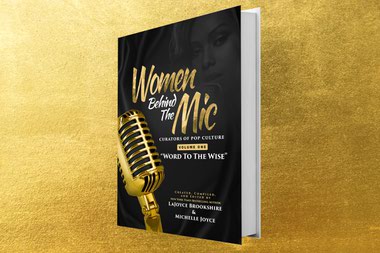
Mrs. Osmond By John Banville, $28.
Attempting a modern sequel of a classic novel is a dicey affair. To ape an author’s distinctive diction is to tempt disaster, and it can be foolhardy to refocus the moral lens through which an author views a period.
In Mrs. Osmond, John Banville emulates Henry James’s elegant wording in The Portrait of a Lady, but he can’t quite echo James’s delicate cadences. You never tire of a James sentence, however long or tortuous, but occasionally Banville’s James-like constructions tumble toward a merciful period. Just occasionally, though; for the most part he matches the master.
As for zeitgeist, Banville’s view of the spirited, late-19th-century heroine is decidedly 21st century, but without testing credulity. James sends Isabel Archer Osmond abroad with modest wealth but then bedecks her with riches, so that Old and New World mores about money collide throughout the story. Isabel’s admiring cousin Ralph Touchett, who is dying, thinks he endows her expansive sensibilities when he arranges an inheritance for her. But wealth instead attracts eager suitors, including Gilbert Osmond, another expatriate American who guiles her into marriage.
Eventually she learns that Osmond and his erstwhile lover, Madame Merle, bamboozled her into bankrolling their exquisite lives and that her new step-daughter, Pansy, is their progeny. Mrs. Osmond is less a sequel to The Portrait of a Lady than its next 34 chapters, as it picks up with Isabel returning to London from Rome to attend to her dying cousin and to ponder her next move.
James was modern enough not only to spin this tale but also to bless Isabel with a proto-feminist friend, journalist Henrietta Stackpole, and Banville gives her another, suffragette Florence Janeway. She consults both before returning to confront her husband. Never in Portrait, though, do we learn the name of Isabel’s servant, Elsie Staines, who takes a prominent role in Mrs. Osmond. A disclosure from her further complicates the moral trials of wealth.
Banville also reprises James’s gift for capturing the play of the mind. “She closed her eyes, shrinking inwardly from the approach of the next thought, trying to fend it off, but in vain,” he writes of Isabel at one point. It would be unfair to presume James incapable of this insight, that the mind can see ahead of itself but never quite thwart itself. But it is appropriate to conclude that Banville introduces Isabel to an idea of freedom James only intimates.







